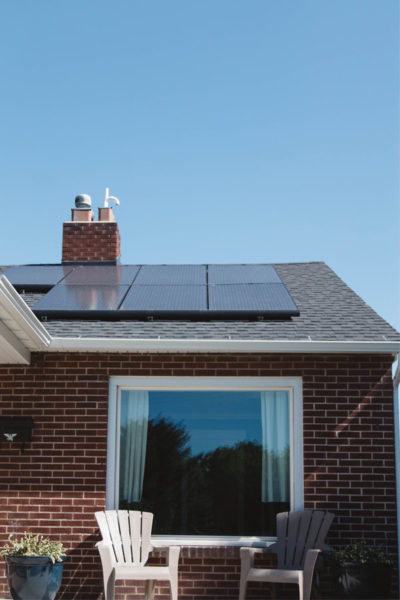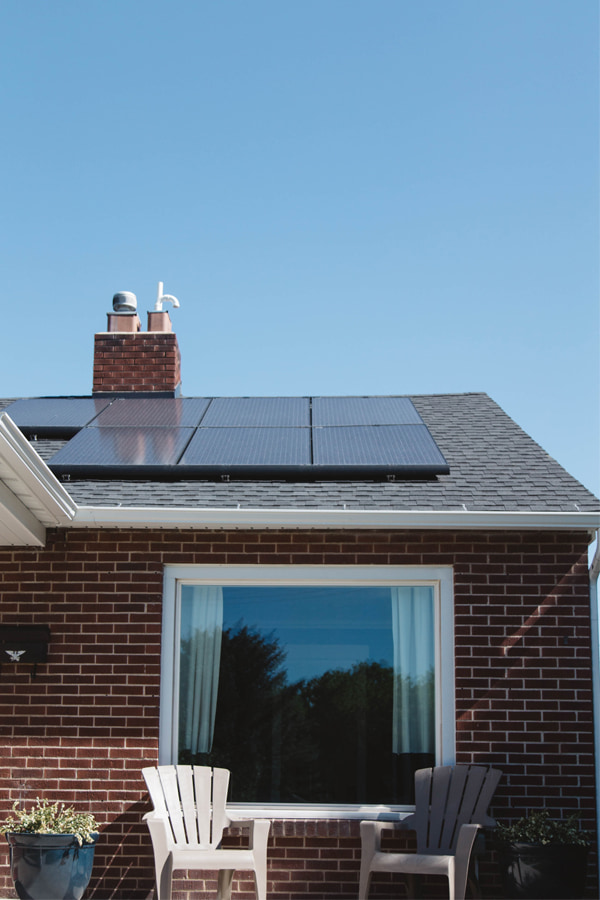
The world is gradually moving towards renewable energy resources. It is not a secret that the world is currently running out of energy resources. So, it would be disastrous if we do not embrace solar panels. If we do not embrace renewable energy resources, soon, we would run out of energy resources, and people would not even be able to do their day-to-day work efficiently. So, one main alternative is choosing solar panels. In this article, we are going to tell you all about solar panels. And we are suggesting a product from Amazon for you to go ahead and purchase too.
Global Energy Crisis
What is causing this? The most basic rationale is that current energy demand exceeds supply, causing prices to rise. There are a variety of causes for this mismatch, including harsh and unpredictable weather, as well as poor government decisions on storage, reserves, and transmission lines, but there is one underlying source. For good cause, most of the globe has ceased investing in fossil fuels, resulting in a decrease in supply. However, we currently lack sufficient green energy to replace fossil fuels.
The three primary fossil fuels, oil, coal, and natural gas, contributed over 80% of world energy consumption in 2019. Wind accounted for a little over 2% of total energy consumption, while solar accounted for just over 1%. To entirely replace fossil fuels, wind and solar would need to raise output and deployment by 2,500 percent, which is unlikely to happen in the next several years. A transition strategy is what we require. Without it, we would face an energy crisis every time the system is jolted – severe weather, insufficient storage, etc.
Modern civilizations cannot function without consistent access to energy, so when these shocks occur, governments do everything possible to keep the power on.
Shifting to Solar Energy
The objective must be to power the globe with renewables in the medium term, not merely the long term. On this front, there is a lot of positive news. The cost of solar and wind energy has dropped substantially, making them competitive with fossil fuels. They are now easier to use than they have ever been. As batteries get more powerful and other storage options gain traction, storage, which was formerly a major issue with these intermittent sources, is becoming less of an issue. We still need a lot more money for research and development in this area, but we are getting there.
So, there is no doubt that solar energy is one of the best alternatives available. If we shift towards solar energy, that means that we can resolve the issue with regard to energy on a major scale. But this revolution needs to happen. Waiting for the governments to take the initiative would delay the procedures. As individuals, people must understand the situation and embrace solar energy. You can learn more about solar panels in this article. So, that is what you should primarily do.
Meanwhile, we must continue to reduce emissions while maintaining energy flow. Otherwise, we it will lead to additional energy shocks, which might easily lead to a backlash against green initiatives.
What are Solar Panels?
The sun is the source of solar energy. Solar panels (“PV panels”) convert sunlight, which the energy-bearing particles known as “photons” make, into electricity that people can use to power electrical loads. Solar panels are in use for a number of purposes, including remote power systems for cabins, telecommunications equipment, remote sensing, and, of course, energy generation by residential and commercial solar electric systems.
History of Solar Panels
Solar energy has advanced over the last century. People first used solar energy largely to generate steam, which was subsequently in use to power machines. But it was not until Edmond Becquerel discovered the “photovoltaic effect” that we can convert sunlight into solar electric energy. Following Becquerel’s discovery, Charles Fritts invented the first true solar cell in 1893, which he made by covering sheets of selenium with a thin layer of gold. And it was from this humble beginning that the solar panel, as we know it today, was born.
In 1941, Russel Ohl, an American inventor on Bell Laboratories’ staff, developed the world’s first silicon solar cell. In 1954, the same business produced the first solar panel as a result of Ohl’s concept. Space satellites were the first to employ solar panels on a large scale. The first solar panel in most people’s lives was probably incorporated in their new calculator in the 1970s.
The Operation of Solar Panels
Solar panels gather and convert pure renewable energy in the form of sunlight into electricity, which was subsequently in use to power electrical loads. Further, solar panels used several solar cells, each of which is layers of silicon, phosphorus (which gives a negative charge), and boron (which provides a positive charge). Solar panels absorb photons and generate an electric current as a result. The energy created when photons collide with the solar panel’s surface causes electrons to be pushed out of their atomic orbits and released into the electric field formed by the solar cells, which subsequently pulls these liberated electrons into a directed current. We refer to this as the Photovoltaic Effect.
The average home has more than enough roof space to accommodate the required number of solar panels to generate enough solar electricity to meet all of its power demands. Any extra electricity generated is sent into the main power grid, which pays for itself in reduced electricity usage at night.
A solar array creates power during the day that is subsequently used in the home at night in a well-balanced grid-connected setup. Solar generator owners might receive reimbursement if their system produces more energy than is necessary in the home, thanks to net metering schemes. A battery bank, charge controller, and, in most cases, an inverter are essential components in off-grid solar systems. The charge controller transmits direct current (DC) power from the solar array to the battery bank. The power is then pulled from the battery bank to the inverter, which transforms the DC current into AC, which may be used by non-DC equipment.
About the Product
The Solar Saga 100 comes with two kickstands that can be secured to any flat surface. You can start absorbing energy from the sun for your Jackery power station in only a few seconds of setup. When going off the grid, the TPE rubber grip makes it easy to carry anywhere. The solar panel, which is covered with monocrystalline silicon solar cells, uses multi-layered cell technology to generate energy from sunlight and performs better than other traditional panels, with a conversion efficiency of up to 23%. The solar panel’s lifespan can be extended thanks to the ETFE-laminated casing. It’s water-resistant to IP65, so it’ll keep you safe from splashes (Do not place it under the rain or to soak in water). The pocket’s zippers may keep the power wires while also concealing the power port.
This solar panel (available separately) is compatible with the Jackery Explorer 300/500/1000/1500 power station, making it perfect for off-grid camping and power outages. Solar Saga 100 has a lot of cool stuff. 1* USB-C (3A) output port and 1* USB-A (2.4A) output port for charging two small devices at the same time.
It is the solar installation workers using their tools who install the solar fittings. With the use of them, you would be able to have solar panels for you.
Global Ratings
In order to regard a certain product to be good, we need to consider how the customers of that particular product have rated it. And in this case, we can consider the global ratings on Amazon. This product has received a rating of 4.7 on a scale of 0 to 5 for lightness. And for ease of installing, this has received a rating of 4.7. When it comes to portability, the rating this has received is 4.7. Its charging power has received a global rating of 4.5. All the same, this has received ratings of 4.4 for both value for money and water resistance.
Final Thoughts
In this article, we discussed solar panels. Initially, we told you about the global energy crisis. Then, we told you about the history of solar panels. Afterward, we told you how solar panels operate. Finally, we also suggested a product. So, we hope that you found this article so useful and insightful.




